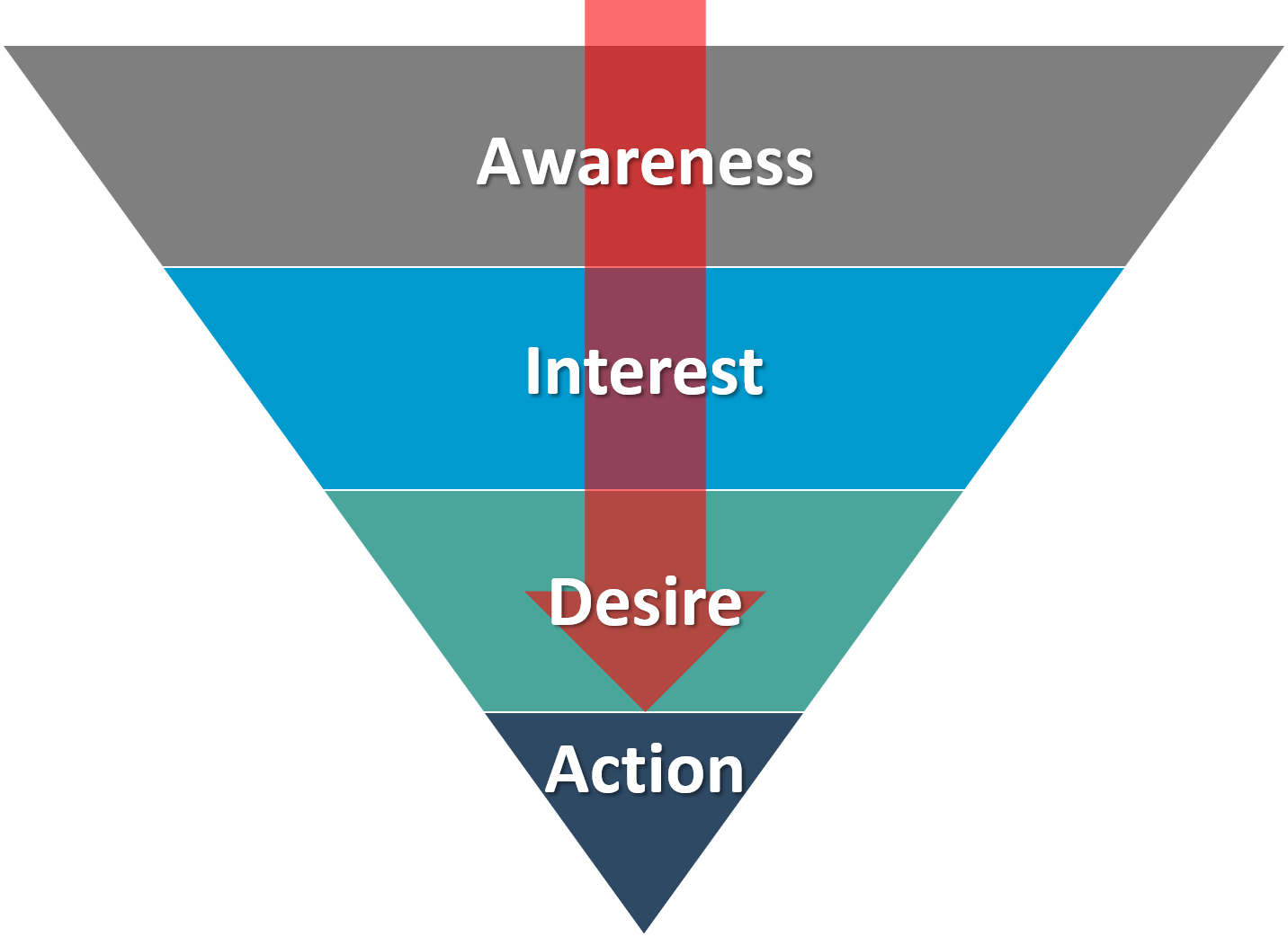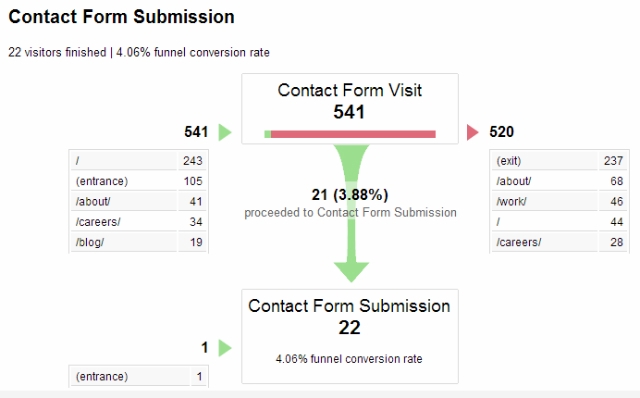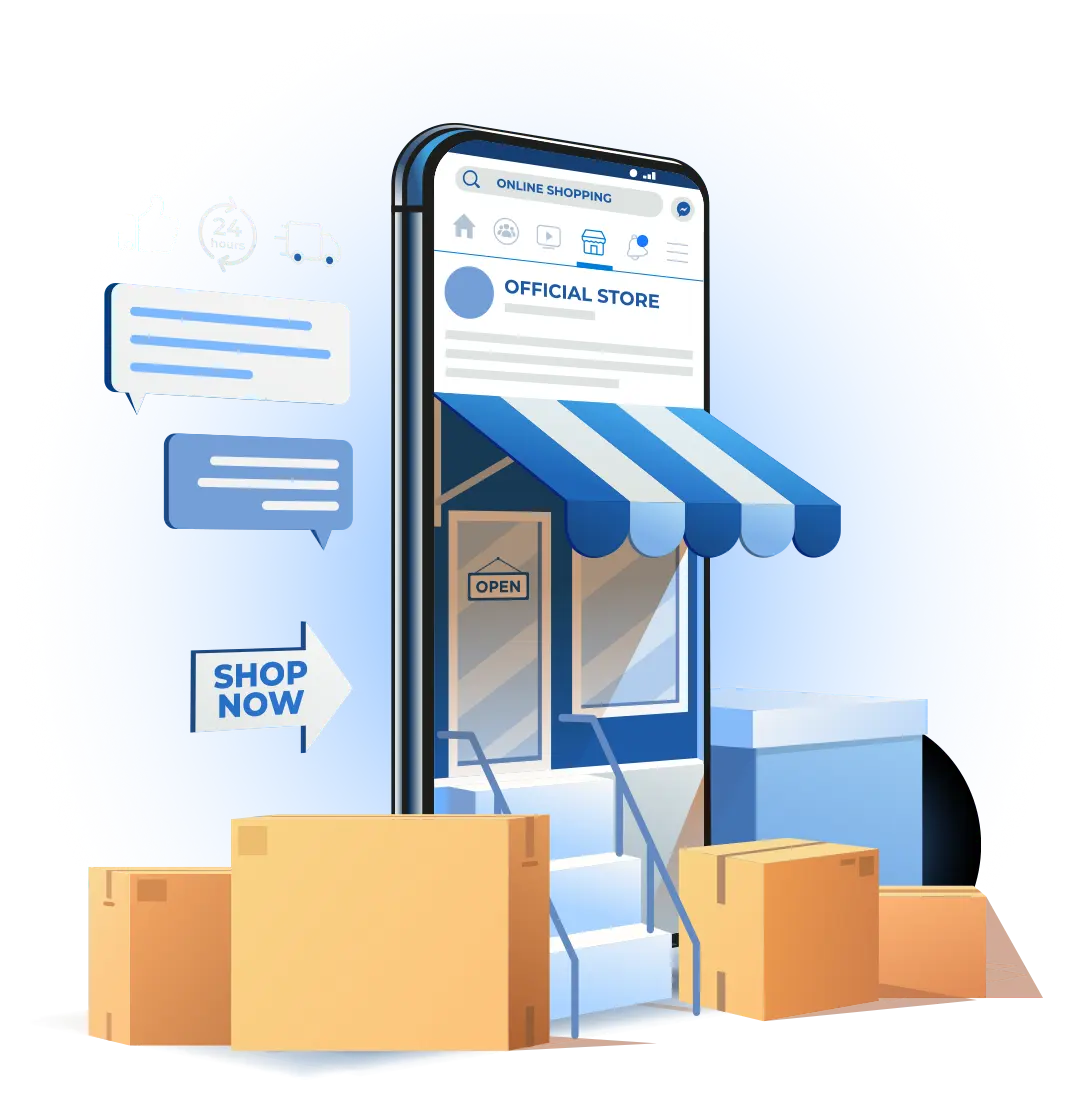The revenue driven from your digital branch tells a good story. Obviously, it shows how much money your online sales channel currently brings in, but it also gives a clear indication of your site’s overall performance for your business. In the second of our three-part blog series, we continue to break down the variables that directly affect your online revenue – the three metrics that make up the all-important site optimization equation:
Sessions x Conversion Rate x AOV = Revenue
Every distributor with a digital branch should be using this equation as part of their ongoing ROI analysis. As we’ve laid out in our comprehensive white paper, Google Analytics for Wholesale Distributors, web tools like Google Analytics track and measure every interaction with your site visitors. Businesses can then use that collected data to gain a closer look at buyer behaviors and determine what is driving them to leave or stay on their site.
Part 1 in our blog series addressed the sessions variable in the site optimization equation, so today we’re going to delve into the second component, conversion rate, to understand what conversions are, what steps distributors can take to increase their conversions, and which specific conversion affects the site optimization equation.
What are conversions? (Hint: They’re not just purchases made on your site)
Most people think of conversions as visits made to your site that end with the person making an online purchase. While this is the most desired type of conversion for a digital branch – and the only conversion metric used in the site optimization formula above – there are other kinds of conversions which are also beneficial to an organization. Known as micro-conversions, these actions do not translate directly into revenue, but they do meet a specific business objective such as:
- Registering on the site to set up an account and place orders online
- Submitting a form to apply for credit, make inquiries, or obtain a quote
- Downloading content or applications like product catalogs, manuals, or even the mobile app version of your site
- Engaging in a live online chat for instant answers
- Following your company on social media via an onsite LinkedIn, Facebook, or other social platform link
- Calling your business using a direct link from the site
- Using specific functions like a new onsite tool or featured capability

The process of creating any conversion or micro-conversion consists of four basic steps:
- Make people aware of your website, products, and services
- Build interest in your offerings
- Provide reasons to keep them interested; create a desire
- Have the visitor take the desired action
Unilog customer Hill & Markes relies on Google Analytics to track and measure the success of their digital marketing campaigns built to promote their products and encourage buyers to visit their site. The wholesale distributor utilizes call-to-action banner ads, dedicated landing pages, social media, and other tools to boost conversions and online revenue. As a result, their conversions tracking has been instrumental in gaining additional vendor support and sponsorship to further their digital marketing efforts.
Calculating conversion rate
Most businesses track the number of conversions as a conversion rate, which is the percentage of people that visit a site and make an online purchase. According to current industry reports, average B2B website conversion rates run anywhere from 2% to 5%, although some say 8% to 10% is realistic for more mature, well-designed sites that feature rich content with effective calls to action. Conversion rate is one of the most critical metrics in determining the effectiveness of your marketing efforts and your overall digital branch.
To calculate your current website conversion rate, determine the number of conversions (visits that led to purchases) you had within a given month, divide that number by the total number of visitors to your site that same time period, then multiply that number by 100:
Number of Conversions / Number of Visitors x 100 = Conversion Rate
Once you know your current conversion rate, determine a target goal you wish to reach. Within Google Analytics you can build goal funnels that track your conversion rate target goal, as well as any micro-conversion goals you set. Google’s conversion funnel visualization tool illustrates each conversion step and identifies where people are dropping out in the process so you can focus on where to make improvements.
 Google Analytics Conversion Funnel Visualization
Google Analytics Conversion Funnel Visualization
Ways to optimize your conversion rate
Don’t be discouraged if your conversion rate is lower than the industry benchmarks. Instead, leverage your analytics reporting to understand why your numbers are low and where you are losing the most people in the conversion funnel. Once you’ve found these answers, you can take steps to remedy the issues. You could be losing conversions for various reasons: a distracting web design, lack of content, slow page-load speeds, or a combination of factors. What may seem like a non-issue to you could be the root cause of your bounce rates and lost sales. Review our list of common conversion factors below and rectify any that may be negatively affecting your website conversions. Remember, as we illustrated in our Google Analytics white paper, even the slightest increase in your conversion rate is guaranteed to positively impact your online revenue.
Site usability
- Design: Busy, content-packed pages can be a turn-off for buyers. Maintain a clean user interface that features purposeful graphics, high-res images, easy-to-use filtering and navigation, and readily available contact information on every page.
- Page load speed: Your site can look great and have relevant content, but if it doesn’t respond quickly and efficiently for users, they will go elsewhere. Studies have found if a page takes more than three seconds to load, 75% of site visitors will likely leave the site. Make sure you have the right web architecture in place – one that’s housed in the cloud – that can handle the influx of site traffic and perform efficiently for users.
- Mobile performance: To ensure the best user experience on a smartphone or tablet, build your site with a responsive design and supplement it with a mobile app that offers alternative ways to shop and buy your products using the phone’s inbuilt features.
Commerce
- Shopping cart: Make shopping as convenient as possible for buyers by including features like a shopping cart quick view menu, an option to save their cart for a future visit, and multiple ways to add an item to their cart with a single click.
- Checkout: While purchase orders and invoicing are still relevant in the B2B marketplace, more buyers are looking for alternate payment options like credit cards and e-procurement systems. Integrate payment gateways and punchout capabilities into your eCommerce offering to make checkout fast and flexible for everyone.
- Delivery options: In order to compete with online marketplaces that offer a nearly unlimited selection of products with next-day delivery and free shipping, distributors must provide their own virtual “endless aisle” of product offerings with convenient delivery options. When your customers need a product fast, you can help with a buy online, pick up in store (BOPIS) feature.
Content
- Keywords: Attract more people to your site by optimizing your content and web pages with keywords related to your products and business. With the right SEO keywords embedded into your site content, the better chance you have of ranking high in organic search results. Additionally, you can invest in paid search to help boost site traffic with Google AdWords campaigns which allow you to bid on keywords that represent your products.
- Pricing and availability: Buyers shouldn’t have to jump through hoops to access your pricing and available quantities. If you’ve been holding off publishing product pricing on your website because you’re afraid of losing sales to the competition, the fact is you’re already missing out. According to Forrester Research, the top two reasons buyers make purchases online are for convenience and speed. In fact, buyers are more willing to purchase products from you – even at a higher price – if you can make their job easier for them.
- Calls to action: Focus your outreach efforts with meaningful calls to action that serve both you and your site visitors. Make them persuasive enough to encourage people to stay on your site, take action, and continue through your conversion funnel. Effective CTAs include a Contact Us link at the top of every site page, a Learn More button that leads to more detailed content pages, and a Download icon to access worthwhile content like a white paper or catalog.
Confidence and trust
- Access to information: Build a large repository of case studies, industry reports, white papers, and product videos that site visitors can access. The more relevant information you can supply, the more confidence you will earn from buyers. When they can rely on your site to help them make a purchasing decision, you’re more apt to make a sale, as well as a loyal customer.
- Customer testimonials and reviews: Encourage customers to submit reviews about your products, your company, and your employees. You can build their trust by addressing any concerns they may relay, but you can also take advantage of the positive commentary by featuring them on your website, with their permission. Customer testimonials go a long way as B2B buyers value the opinions of fellow industry professionals.
These are just a few ways to promote conversions on your site; if you’d like to learn about more opportunities to ensure a high-performing and profitable digital branch, download our eCommerce website audit checklist.
Conversion rates are a crucial component of your eCommerce business. Unknowingly, you may be hurting your chances of attracting more buyers and making more sales because you’re losing people before they complete the conversion funnel. Take advantage of Google Analytics metrics and reporting to pinpoint the drop-off areas and identify the reasons people are leaving. This wealth of information will help you develop solutions to bridge the gaps, encourage more engagement, and see more digital success.
Coming soon, we’ll share our final blog in this series that explains average order value (also known as AOV), the final metric in the site optimization equation used to measure your site’s effectiveness.
